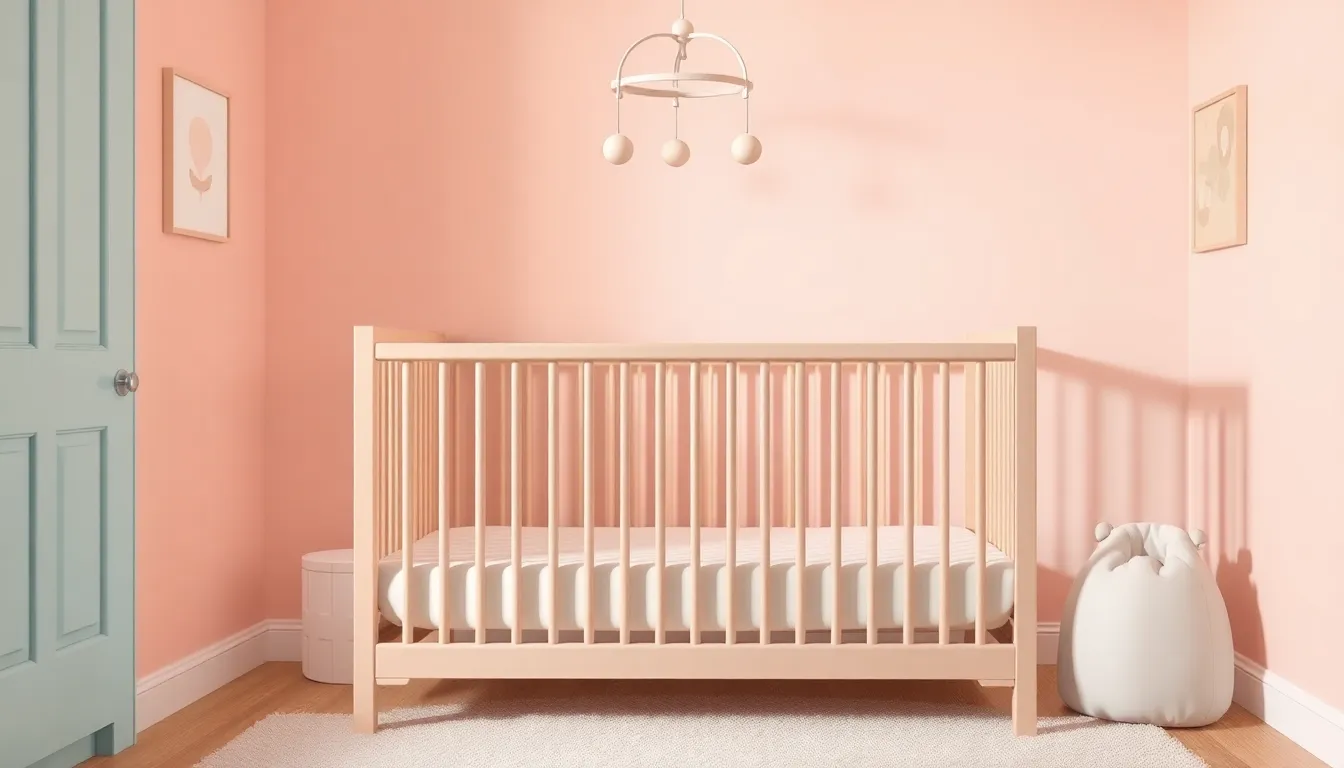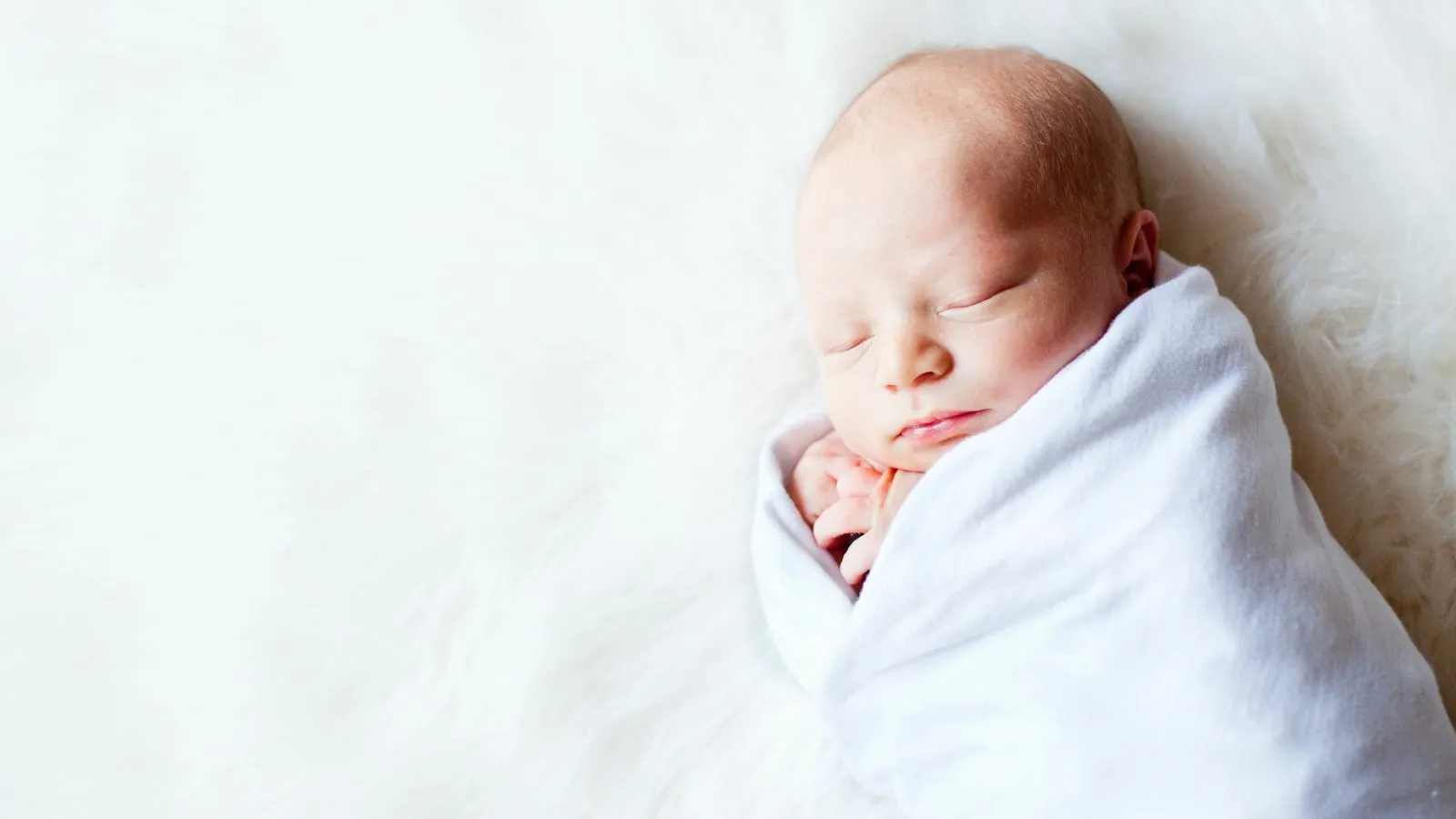When it comes to baby gear, nothing’s more important than a safe crib. After all, that’s where little ones spend a significant chunk of their early years—dreaming of world domination or plotting their next big giggle attack. But safety isn’t just a buzzword; it’s the foundation for peaceful sleep and happy parents.
Crib safety might not be the most glamorous topic, but it’s crucial. With all the options out there, it’s easy to get overwhelmed. From choosing the right mattress to avoiding those cute-but-deadly bumper pads, knowing what to look for can make all the difference. So buckle up as we dive into the essentials of crib safety, ensuring your tiny tot sleeps soundly while you enjoy a well-deserved break.
Table of Contents
ToggleUnderstanding Crib Safety
Crib safety ensures infants sleep securely, allowing parents to rest easy. Knowing how to create a safe crib environment is essential for every caregiver.
Importance of Crib Safety
Crib safety plays a crucial role in preventing sleep-related accidents. Every year, numerous infants experience injury or fatality due to unsafe sleeping conditions. Safe cribs contribute to restful sleep by minimizing risks of suffocation or falls. Parents must understand safety guidelines to protect their children. A safe crib supports infancy development and peace of mind for caregivers.
Common Crib Hazards
Several hazards exist that can jeopardize an infant’s safety while sleeping. Unsafe crib designs often include wide slats which allow body parts to get trapped. Additionally, thin or poorly fitting mattresses can create gaps, increasing suffocation dangers. Parents should avoid using bumper pads and soft bedding, as these items can obstruct airflow. Regularly checking cribs for loose parts also aids in preventing potential injuries.
Recommended Crib Features


Choosing a crib with essential safety features significantly enhances the sleeping environment for infants.
Safety Standards and Regulations
Safety standards set by organizations like the Consumer Product Safety Commission (CPSC) govern crib design and manufacturing. These standards ensure products meet strict guidelines for safety and performance. Cribs must comply with specifications related to slat spacing, structural integrity, and materials used. Manufacturers must provide certification, which confirms adherence to these important regulations. Updated guidelines from the CPSC call for regular monitoring of crib safety, reinforcing the importance of purchasing cribs meeting these standards. Selecting a crib with certification helps parents feel confident about the safety of their child’s sleeping space.
Choosing the Right Mattress
Selecting the correct mattress contributes to crib safety. A firm mattress fits snugly within the crib frame, minimizing risks associated with soft bedding. Gaps between the mattress and crib edges can lead to entrapment hazards, so a proper fit is crucial. In addition, parents should opt for mattresses that comply with safety standards, as indicated by certification labels. Avoiding soft mattresses or plush toppers ensures that infants do not sink into bedding. It’s essential to regularly check for signs of wear or damage, as these can compromise mattress safety.
Maintaining Crib Safety
Maintaining crib safety involves ongoing diligence and awareness. Thoughtful adjustments and regular checks can prevent many hazards associated with crib use.
Regular Inspection Tips
Inspect cribs at least once a week to identify any loose parts or structural weaknesses. Check the stability of all components including rails and legs. Ensure the mattress fits snugly in the crib, with no gaps. Look for signs of wear or damage on both the crib and the mattress. Stay informed about recalls related to specific crib models or brands. Proper maintenance can significantly reduce the risk of accidents, providing a safer sleeping area for infants.
Proper Bedding Practices
Choose a firm, flat mattress that fits snugly in the crib to minimize suffocation risks. Soft bedding, including pillows, blankets, and bumper pads, must be avoided, as they can obstruct airflow. Dress the infant in sleep sacks instead of traditional blankets to ensure warmth with safety. Keep the crib free of stuffed animals and loose items that may pose a risk. Maintaining these bedding practices fosters a safe sleep environment for babies, promoting healthy sleep habits.
Safe Sleeping Practices
Safe sleeping practices play a crucial role in ensuring infants sleep securely. Adopting proper techniques helps reduce risks associated with sleep-related incidents.
Recommended Sleep Positions
Placing infants on their backs to sleep significantly lowers the risk of sudden infant death syndrome (SIDS). Side sleeping increases the risk of rolling onto the stomach, which is unsafe. When infants sleep on their stomachs, they may encounter breathing difficulties. Parents should always place infants on firm surfaces free from soft bedding, such as pillows or blankets. Using a sleep sack offers warmth without the hazards of loose bedding. Following this guidance establishes a safer sleeping environment.
Avoiding Overheating
Monitoring room temperature helps prevent overheating, a risk factor for SIDS. Keeping the nursery at a comfortable temperature, ideally between 68°F and 72°F, minimizes this risk. Dress infants in one-piece sleepers and avoid heavy blankets. Parents can check infants’ necks to ensure they are not too warm. Employing a fan or air conditioning can improve airflow without chilling the baby. Being attentive to overheating fosters a secure sleeping setting for the child.




